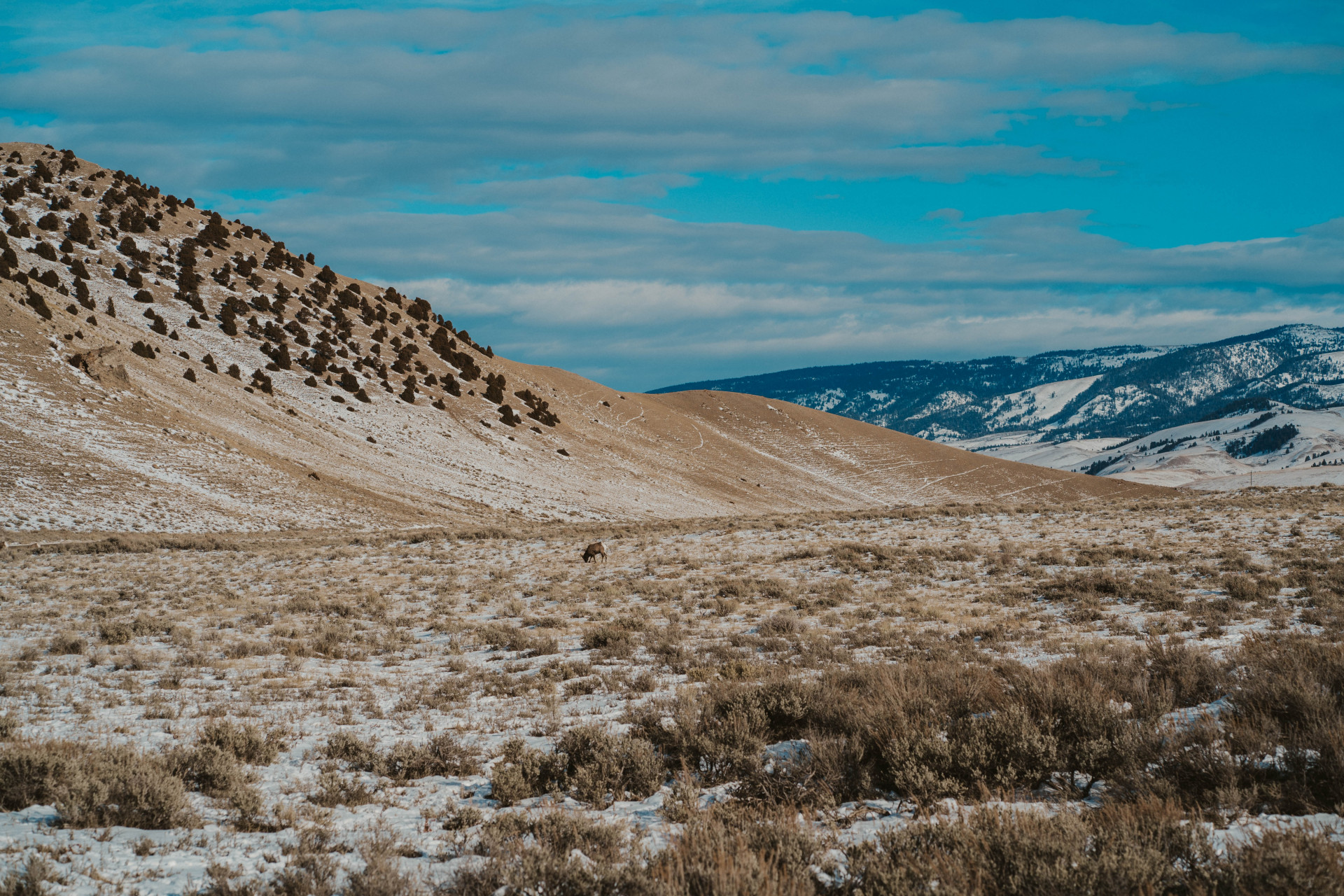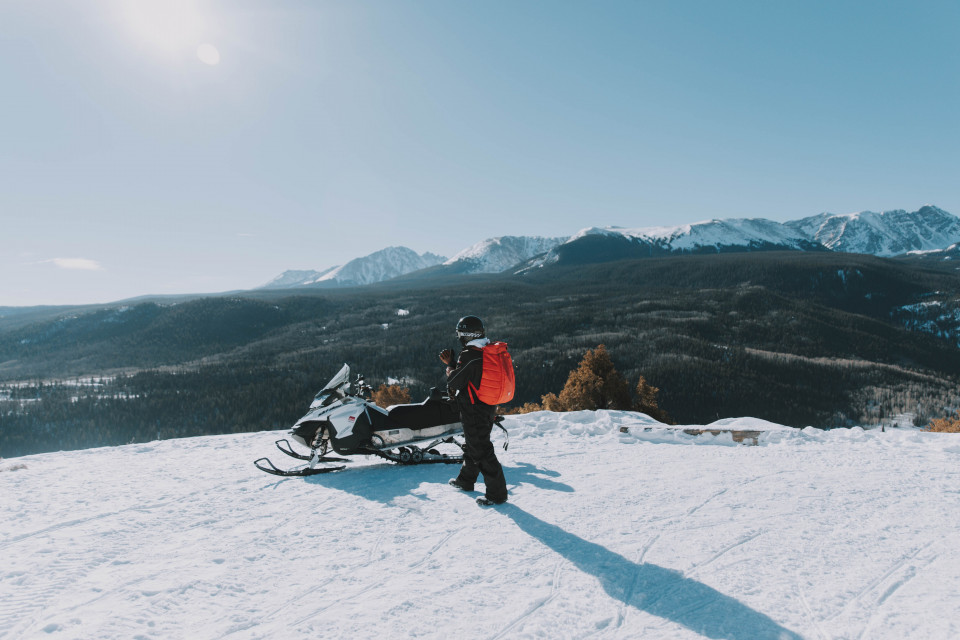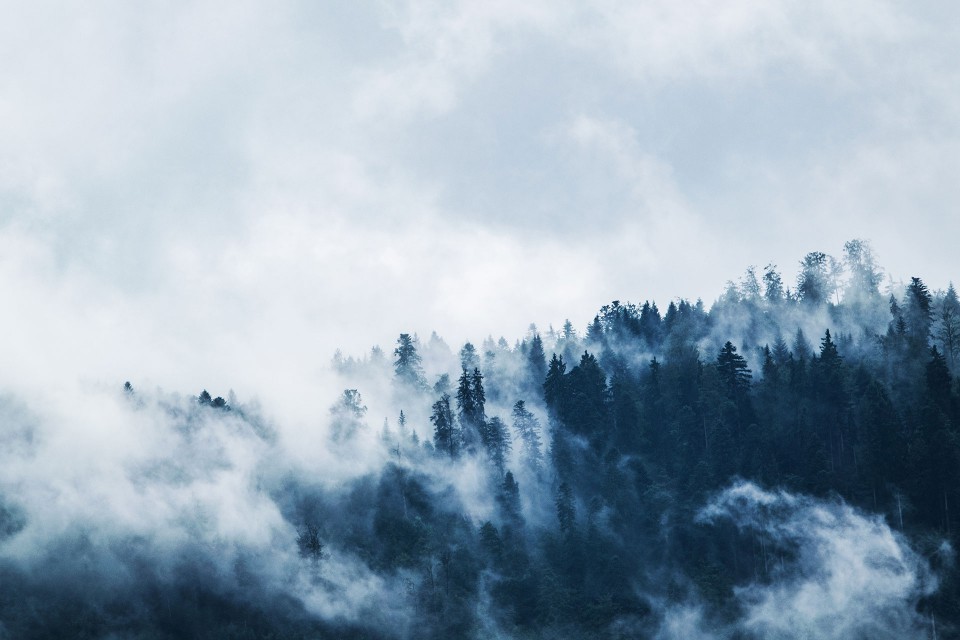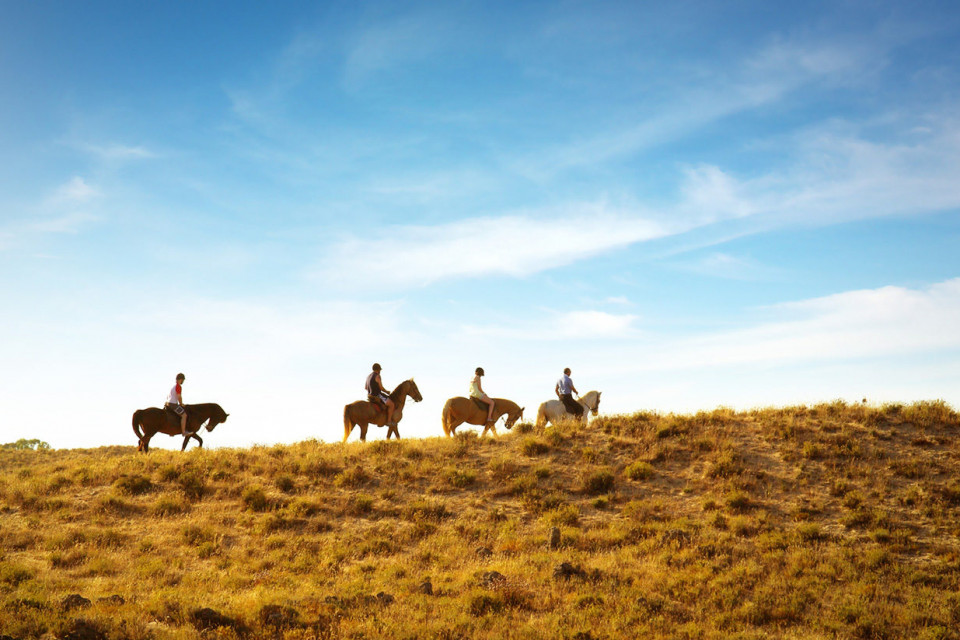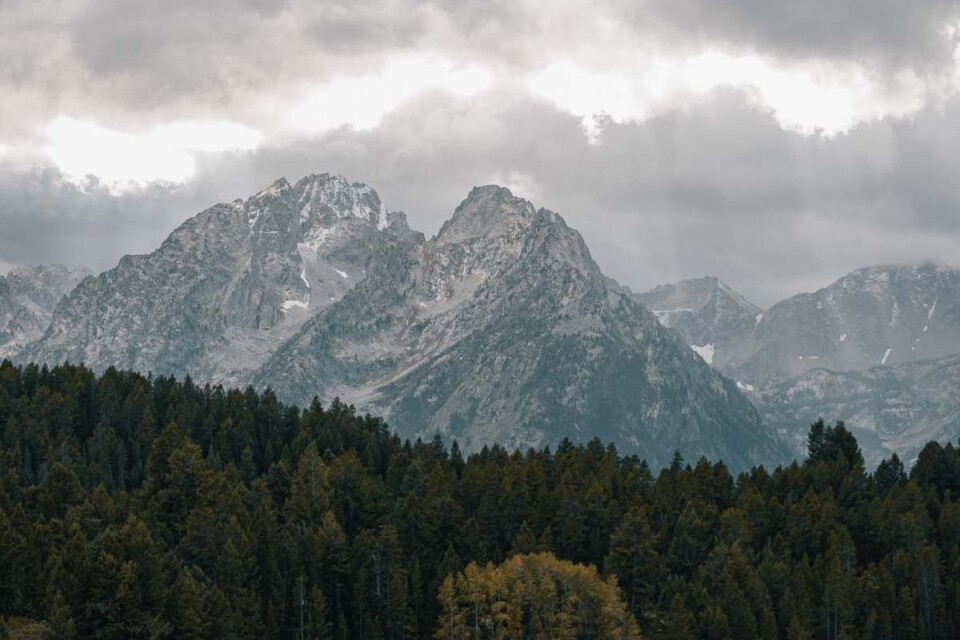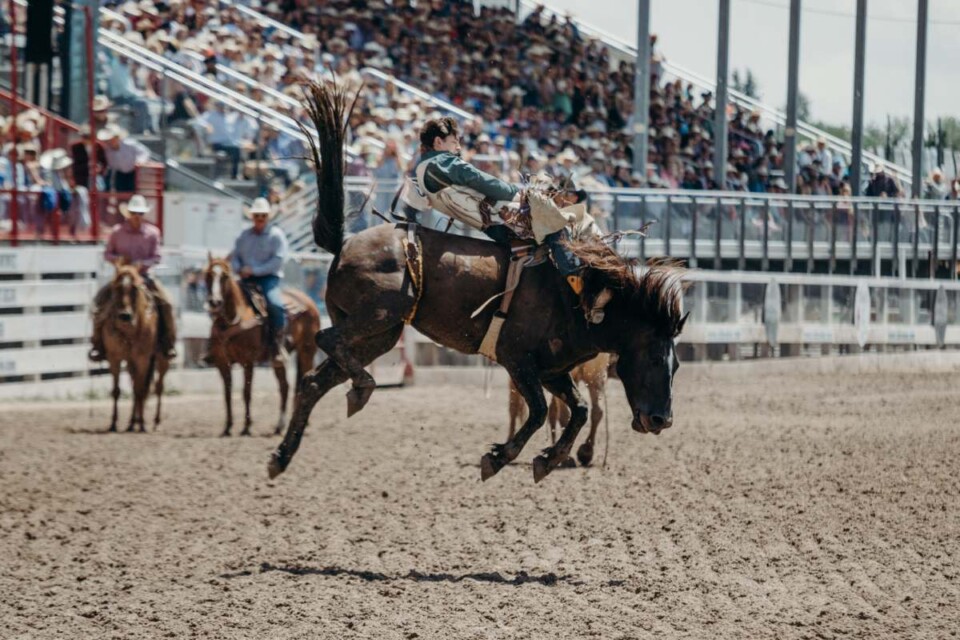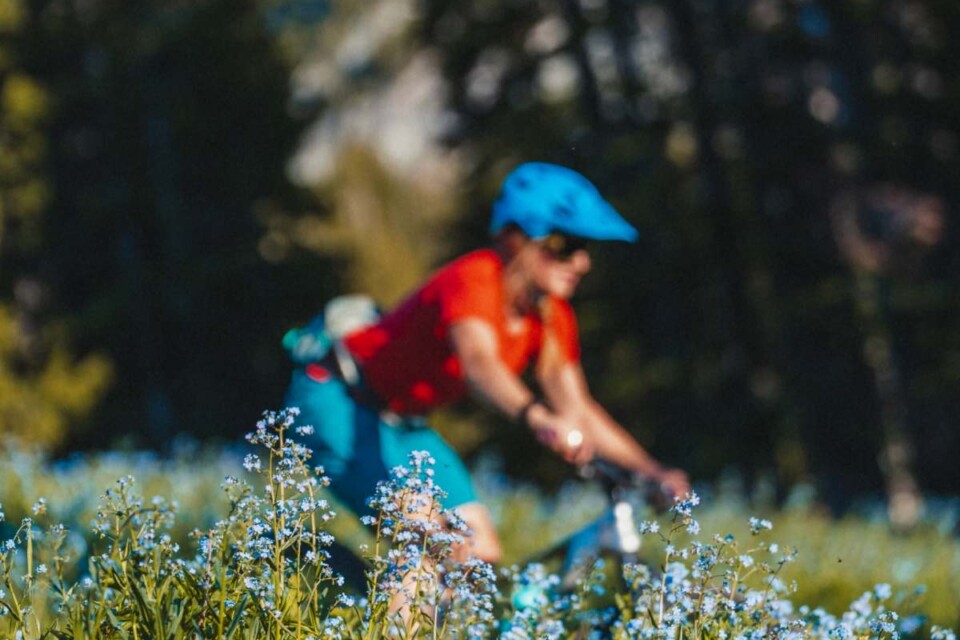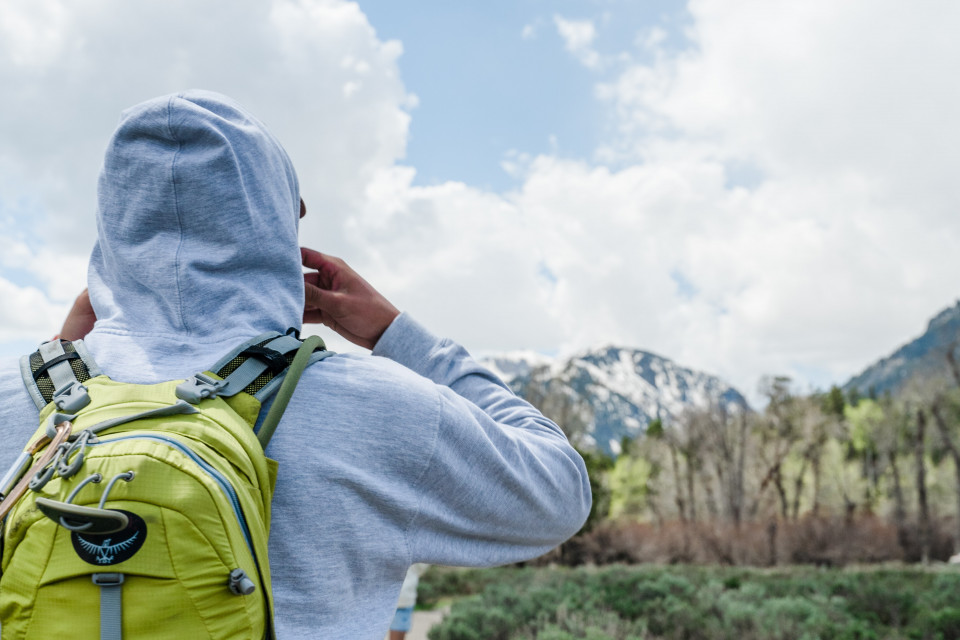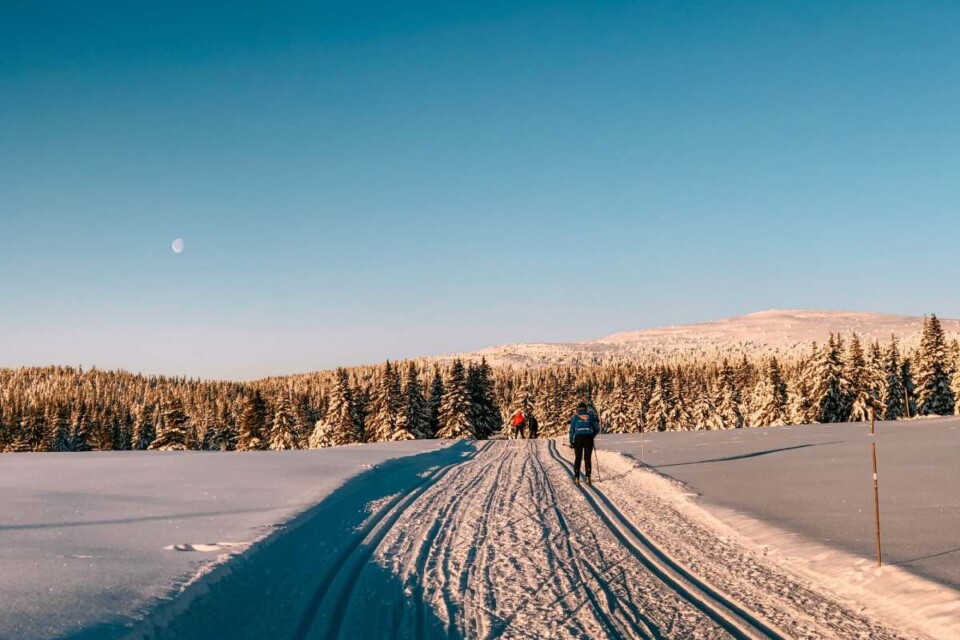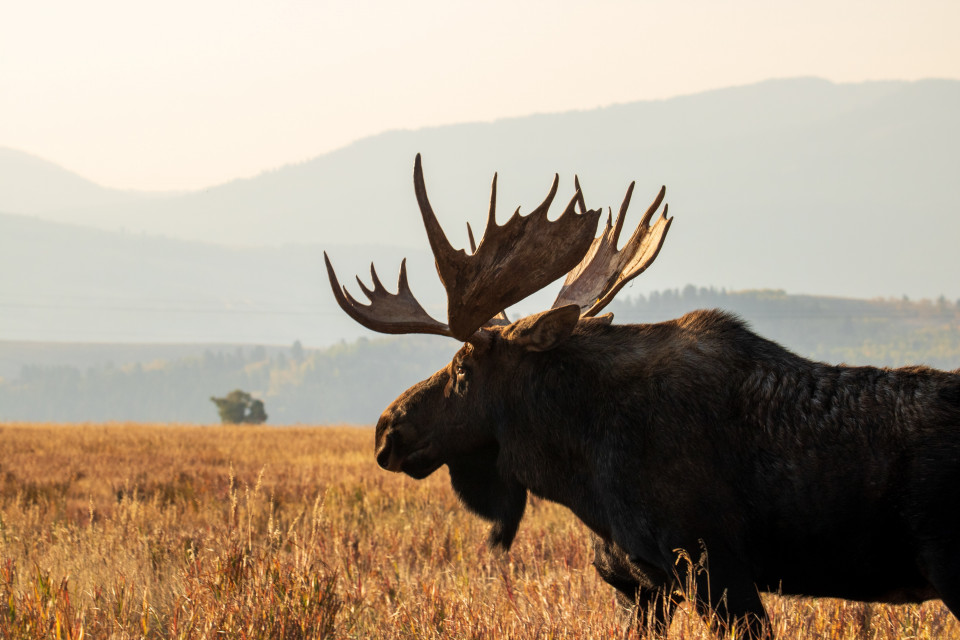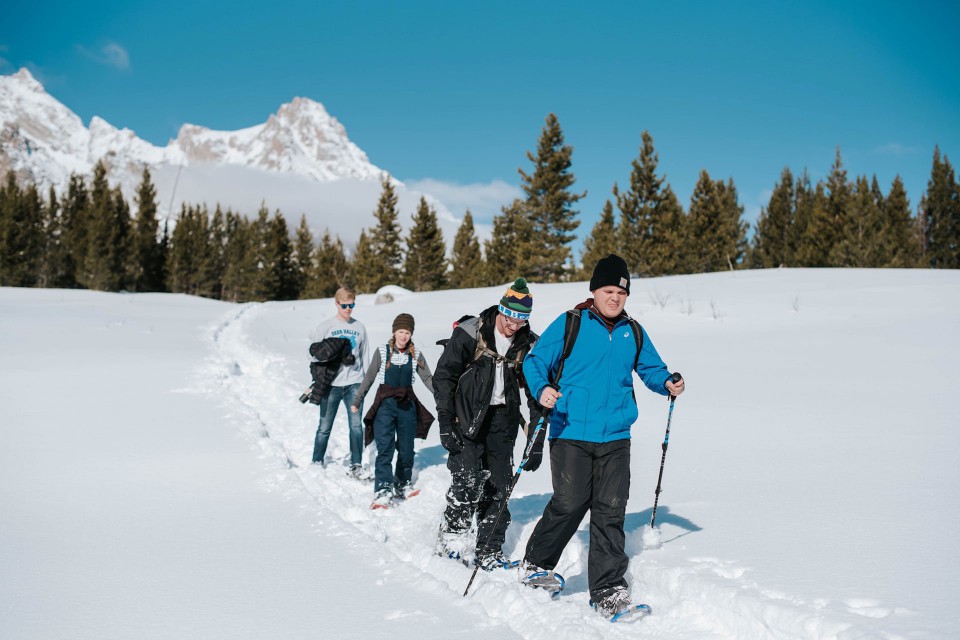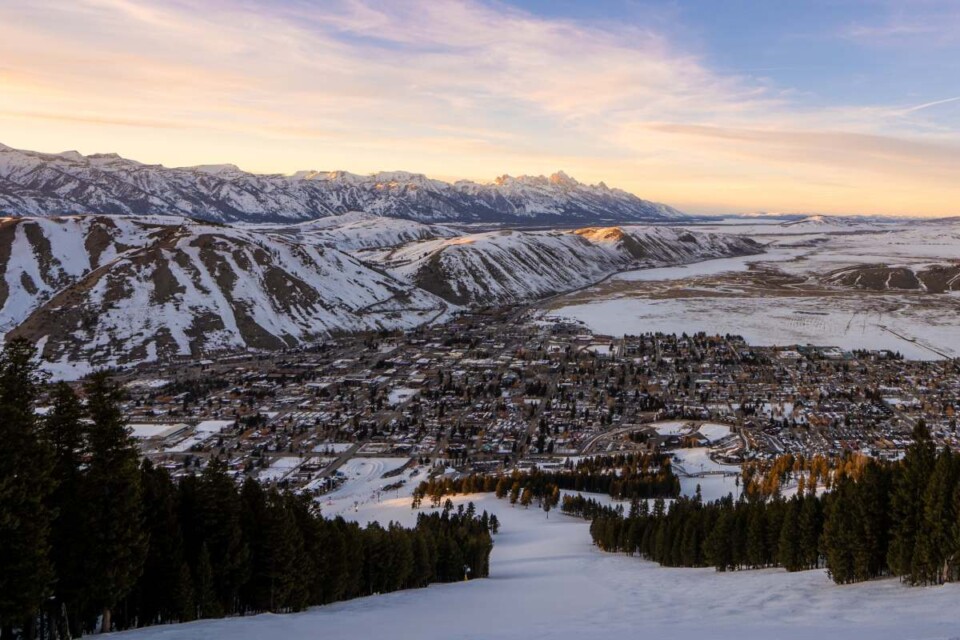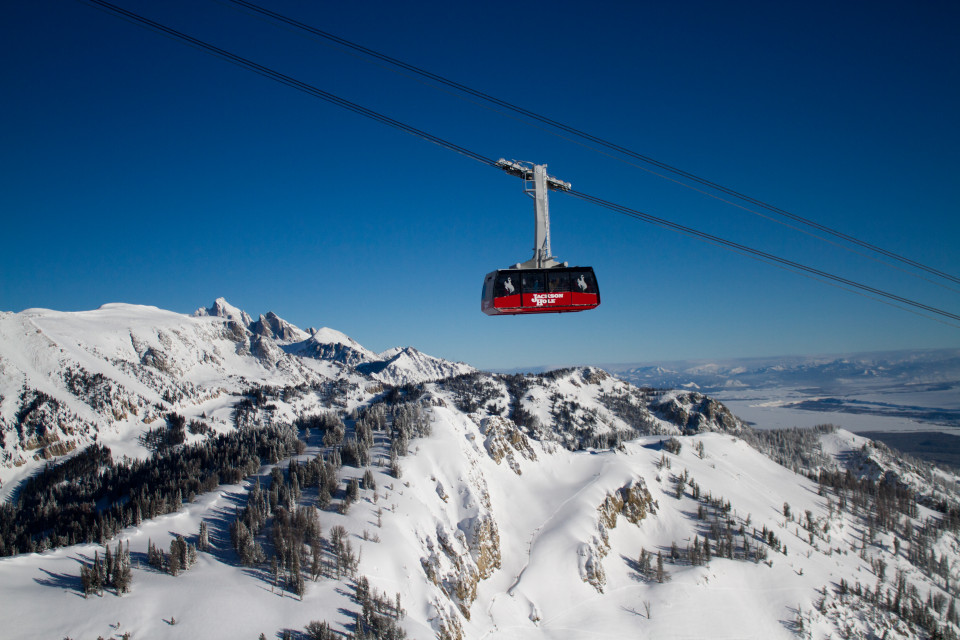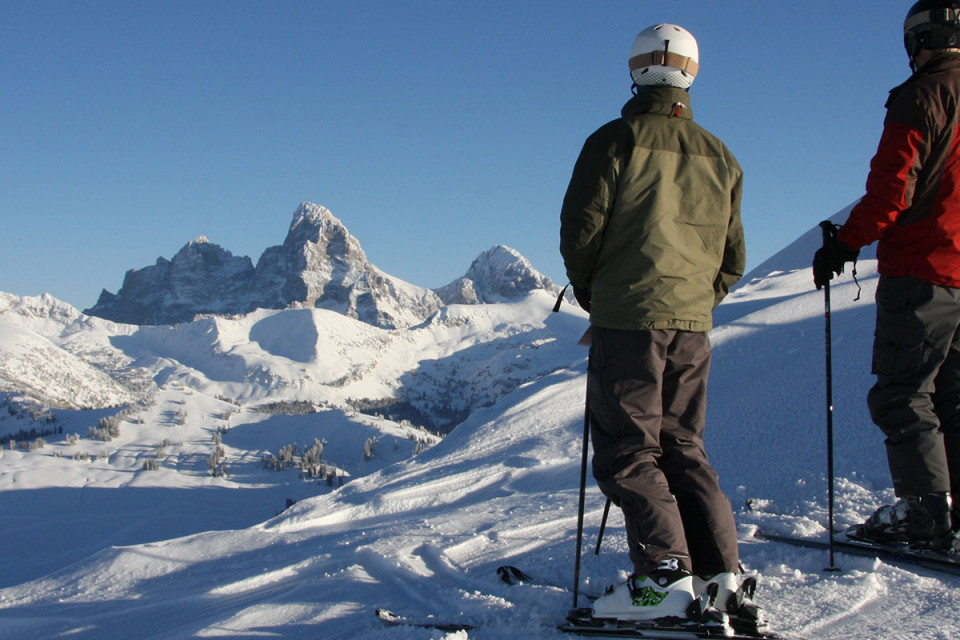The Bridger-Teton National Forest comprises more than 3.4 million acres of the Greater Yellowstone Ecosystem, the largest intact ecosystem in the Continental United States. The forest also comprises the eastern and southern edges of Jackson Hole. Nearly 1.2 million acres are designated Wilderness, with pristine rivers and streams and thousands of miles of hiking trails. During the summer months, visitors can expect to see a wide range of animal life. With six species of amphibians, six species of reptiles, 74 species of mammals, 355 species of birds, and 25 species of fish, the possibilities for wildlife viewing are tremendous. It’s possible to view not only deer, elk and coyote but also grizzly and black bears, wolves, cougar, bald eagle and big horn sheep, just to name a few. During the winter months areas of the Bridger-Teton National Forest are closed to human activity to allow the wintering wildlife a shelter during the harsh months. However, large tracts of the forest are still available to outdoor enthusiasts such as skiers, snowshoers and snowmobilers.
http://www.fs.fed.us/btnf/
Not only is the Bridger-Teton National Forest home to abundant wildlife but it has unique geologic features as well, such as the Gros Ventre Slide (pronounced “Grow Vaunt”), occurring in 1925 a one mile wide section of mountain collapsed damming the Gros Ventre River and creating Lower Slide Lake. The natural dam burst two years later flooding the small town of Kelly. The lake has since refilled with trees standing in the middle of the water and it is still possible to view the slide itself.
Humans have played an active part in the forest area for nearly 10,000 years. There are numerous habitation sites, hunting sites dating back thousands of years. During the 1800s the area was used extensively by hunters and trappers with several small hunting cabins still visible in the back country. The area also has a long history of outfitting, with many families having guided hunters into the area for more than one generation.
With more than 3 million acres there is something unique for everyone with the Bridger-Teton National Forest.
Shoshone National Forest
http://www.fs.fed.us/r2/shoshone/
This magnificent forest was set aside in 1891, as part of the Yellowstone Timberland Reserve and was the first national forest designated in the United States. Consisting of 2.4 million acres of rugged mountains, meadows, sagebrush flats and forest stretching from the Montana border in the north to Lander, Wyoming in the south, adjacent to Yellowstone National Park and including portions of the Absaroka, Wind River and Beartooth Mountain Ranges, the Shoshone National Forest has many unique opportunities for hiker, camper and sportsman alike.
